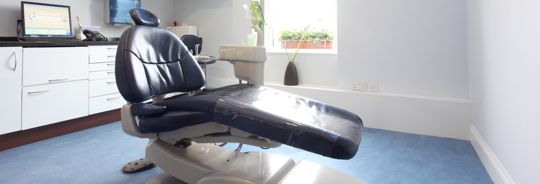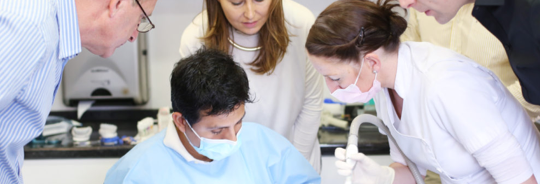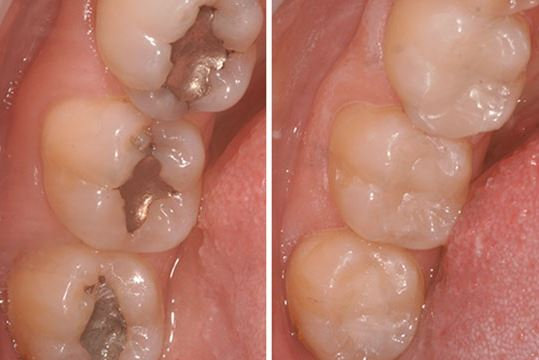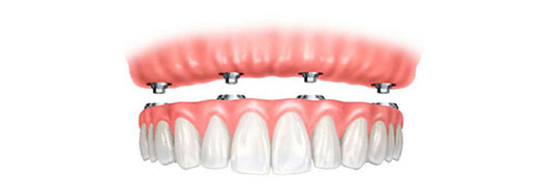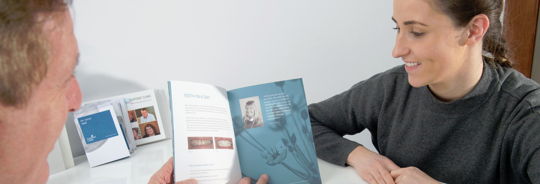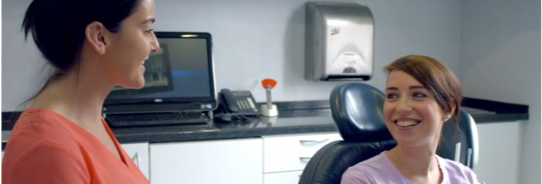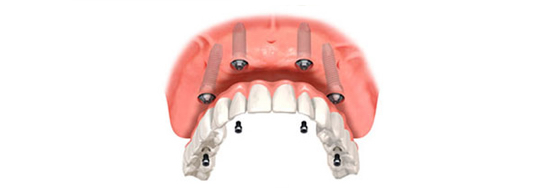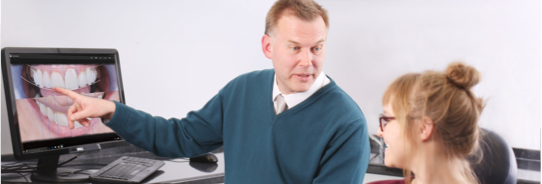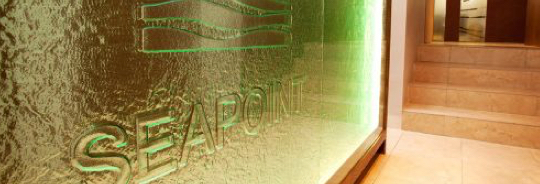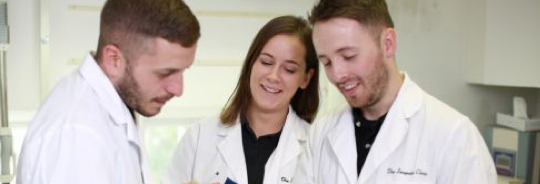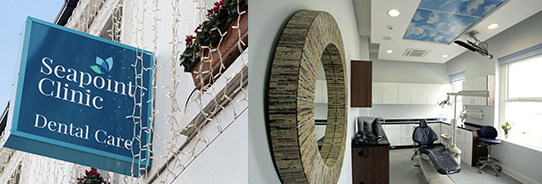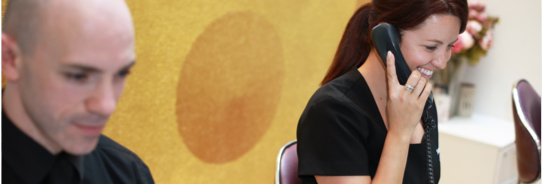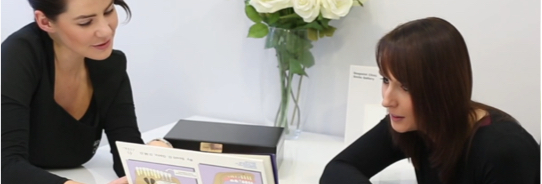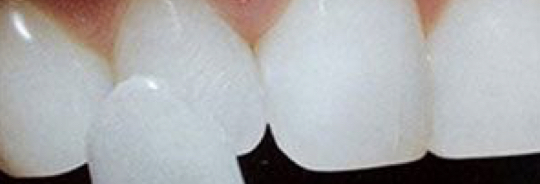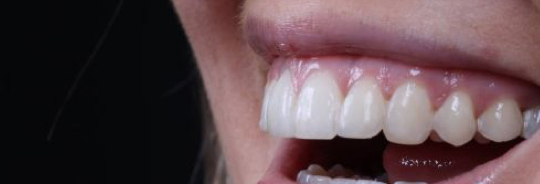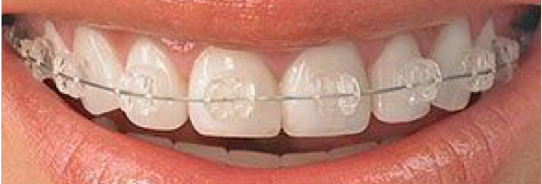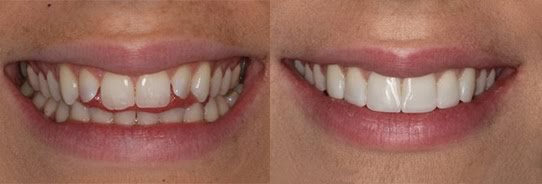Dental Implant Costs Explained
It's absolutely natural to wonder how much dental implants are going to cost. It is deeply frustrating when a key thing in your health care decision making is hidden from view.
That's why we have created this page to help you understand the key things that will affect the price of your dental implants. For the specific fee for a dental implant you can find that here
There can be considerable variation in the costs of dental implants advertised and it's natural to wonder why...
There are a few things that can cause significant cost differences which include:
- Cosmetic Appearance- This is probably the most significant factor in the cost as if you are looking for the very best appearance then the tooth needs to look perfect as well as the gum and bone. If the gum and bone has been damaged (from tooth loss it is common) then getting the ideal appearance can be very challenging. It may mean growing gum and bone back, using a very high end laboratory with the most skilled technicians etc.
- Location in the mouth- Teeth towards the front often have less bone support than teeth on the bottom. Typically the jaw bone on the front of the top teeth is paper thin. When a tooth is lost this bone disappears immediately and it can be difficult and expensive to replace.
- Types of Implants- Some implants are considerably more expensive than others. Just as you can buy a basic car there are others with different features that may be worth spending more money on.
- Implant per tooth or bridged- Sometimes we can bridge between implants and other times it needs to be a single implant per missing tooth
- Technical Difficulty- Very difficult cases will naturally cost more than the simplest. Your dentist will give you a plan with your costs based on your individual situation.
- Zero Bone Loss Concepts- Avoiding bone loss around implants requires incredible attention to detail at every stage
- Grafting requirements- Growing back bone takes time and skill
- Skill of the Surgeon- Naturally more skilled surgeons have a higher fee associated with them than those who are just building up their cases.
- Laboratory Used- Some laboratories are more specialised than others and can provide more natural looking teeth for example.
Let's go into a little more detail on these things- (Please note this may get pretty technical!)
Cosmetic Appearance- If you are happy with a functional set of strong teeth and are not overly concerned with the appearance it will be an easier case and will take fewer appointments. Getting close to perfection is time consuming... If you want your new teeth to be like Julia Roberts you should expect it will cost more (if it's even possible!). In order to get the best cosmetic appearance especially in the front of the mouth it is essential to have perfect bone, gum, shape of implant crown & implant position. The crown itself needs to match perfectly to the other teeth which means building it up in layers of porcelain. It may require multiple tryins to get the correct colour and shape. That is why a single central incisor is one of the most difficult cases and usually the most expensive.
Location in the mouth- This is related to time taken too.. If you have a tooth that will hardly ever be seen and it replaced primarily for functional reasons you are unlikely to request appearance changes. Near the back of the mouth the lips hide the gums often and so the emergence profile doesn't need to be as good. (How the tooth comes out of the gum)
Types of Implants- Ask ten different surgeons which implant is the best and you will get many different answers... There are some names that will come up more often than others however... Straumann is a premium implant. It is beautifully designed and has tonne of research behind it. Parts will always be available in the future and it works well with the latest zero bone loss concepts. On the other side of the scale would be some very low cost korean implants for example. These may work well but they are less likely to be machined to the exceptionally fine tolerances that avoid bacterial contamination. They may be more prone to screw loosening due to their design issues.
Within implant companies there are various designs that need to be considered.
External Hex Implants- These were the most popular implants for many years and have served millions of patients well. However a few problems happened which led them to fall out of favour. Due to the design there was a microgap near the gums where bacteria could invade. This led to bone loss starting around the implants over time in a higher frequency than we would like. For this reason we woiuld no longer recommend this design.
Morse Taper Implants- These are now the gold standard in design. When milled to the highest tolerances like Straumann or Thonmen they ensure the implant (bit that goes in the bone) and the abutment (part the tooth goes on) are les likely to have any gaps between them. This reduces the risk of screws loosening, prevents bacteria pumping toxins into the bone and reduces risk of fractures. If I was having a dental implant in my mouth this is what I would be getting...
Zirconia implants- These are probably the most biologically compatible implants available. There are a very small number of people who may be allergic to titamium and zircoinia is an excellent choice in those cases.
Implant per tooth or bridged- This one is pretty obvious. If we are placing more implants it will cost more. What's less obvious is why we would do that? When would we want to place more implants? If it to generate more revenue or is there an actual basis for it...?
When deciding how many implants are needed there are a few things that should be weighed up-
Force factors- Literally how hard are you going to pound on your new teeth! If you are a big strong athlete you should probably have more implants than someome who has the physique of Miss Marple..
Available Bone- If your bone is good and healthy it may make sense to try to preserve more of it by placing more implants. Dental implants stimulate the bone during function and so more impants usually means keeping more bone. Bone helps to preserve gum and the facial appearance so it's really important to consider.
If you have poor bone in an area and it would be really difficult to replace it then it may make sense to bridge the gap instead.
Full Arch- If we are doing a whole arch of teeth we usualy don't need to place one implant per tooth. Typically we will place 4-8 all joined together. If we place fewer we may need to place longer ones to makle up for the loss of surface area.
Technical Difficulty- Some cases are just harder than others. Perhaps it's due to limited mouth opening or poor healing capacity. This may be a factor in the price quoted to you or the shaping of the plan.
Zero Bone Loss Concepts- These are key processes in all stages of implants which are designed to stop bone loss. If there is never any bone loss the implant has the potential to last a lifetime. Sounds like a worthy goal... The problem is achieving zero bone loss is extremely difficult.... Every mouth is full of agressive bacteria which given any opportunity will infect your teeth, gums and bones. There are ma hy steps which only the most well trained and skilled dentists will follow. Check out info on zero bone loss concepts here

Grafting requirements- When a tooth is lost often the gum or bone or both can be lost too.. Usually the longer it is since a tooth was lost the more damage has been done.
If you are getting a tooth taken out for replacement with a dental implant it's usually best if the person doing the implant or a dentist working closely with the implant surgeon takes it out... Why? Because they understand how important it is to preserve the extremely thin bone and soft tissues around where the implant will go.
There are some dentists who will take out the tooth, gum and bone all in one motion. You absolutely don't want to see that surgeon if you are hoping to get a dental implant replacement later on...
Graft Types- There are loads of these... Some for a single tooth which has lost bone on the outside surface and large ones where the sinuses (air spaces) have expanded taking away all support for new roots. Your dentist should explain what graft if any is needed and why..
Soft Tissue Grafts- If the gum is lacking to create a strong seal from bacteria or if the cosmetic appearance requires it then a gum graft may be needed. This can sometimes be taken from the palate or sometimes taken from other sources. Your dentist is the right person to ask abou the options.
Surgeon Skill- Have you ever found the absolute best doctior in the world to be the cheapest..? The best surgeons and specialists are not cheap and for good reason. If they use the best techniques to give you a really long term result it's a very worthwhile investment.
Laboratory Used- This goes back to quality and more specifically longevity... With zero bone loss concepts the tooth must be polished to a mirror finish. This stops bacteria adhering to the crown and getting into the gums. Guess what? This process is super difficult and time consuming. Getting a good lab to do it well is difficult and many labs don't even know what you are talking about if you ask them for ultra polished zirconia... It makes a differnce however fopr long term health. If we were having a dental implant placed or one of our family asked what to go for it would be zero bone loss implant protocol without any doubt.

Nowadays when I walk into a room, I walk in smiling. I'm not afraid to smile anymore. Dental implants have helped restore my confidence!
Caroline Duffy, Tipperary Town
Dental Implants
Patients regularly tell us that dental implants are the best investment that they have ever made. We only use the highest quality implants and materials. We do not attempt to offer cheap dental implants only those we would be happy to have in our own mouths and those of loved ones.
We understand that many people may need to talk to their other half about decisions like dental implants. You can rest assured that you will be under no pressure to make a decision when you come for a consultation. You can take the time you feel you need to decide. You are very welcome to bring someone with you to the consultation and it can be a helpful way to make sure all your questions are answered.
Some of Our Dental Implant FAQ's
Implants are a well-established, tried-and-tested treatment. 96 per cent of modern implants last for more than 15 years. If maintained correctly, most people find they last a lifetime.
Find Out MoreCleaning around the teeth attached to the implants is no more difficult than cleaning natural teeth. We recommend that you see a trained implant hygienist every three months. If you lost…
Find Out MorePeople ask us constantly “How long do dental implants last?” and and the simple answer is it depends.. The longer answer is below…In general dental implants are very long lasting. For…
Find Out MoreMissing back teeth will put more pressure on the remaining front teeth. They will have to work harder and are more prone to chipping, wear and other issues. Sometimes we will not place an…
Find Out MoreAt Seapoint Clinic, we have a full team of highly-skilled and experienced dentists, dental technicians, the latest technology in 3D CT scanning and a fully equipped laboratory on-site. The…
Find Out More

